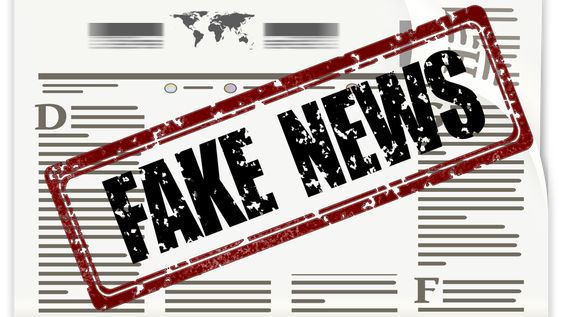We all share things for different reasons. Perhaps it’s an interesting story, news about a celebrity that you like, or something that made you laugh. But when you see something you like online, do you check to make sure that it’s true before you share it and can mislead many people by sharing?
That misinformation is the fake news which creates riots in many lives as not everything that we read or see on the internet is true – and if it isn’t, and we share it, we could be making more people believe something that is made up.
Why it is important to spot fake news?
It is a problem because it can make people believe completely untrue things when people publish something without checking that it’s completely right – can make people have less trust in the media, as well as make everyone believe something that might be inaccurate. People also only tend to share things that they agree with. So if people are sharing a lot of fake news, and lots of people believe it, it’s easy to get sucked into a bubble that is completely different to the real world – and a long way from the truth.
For Instance, Amid the recent riots across England after the Southport knife attack, which officials claim were a result of misinformation and far-right agitators. The stabbings, allegedly done by British-born Alex Rudakubana, who was aged 17 at the time, resulted in the death of three children. Police have not disclosed a suspected motive for the attack but said it is not being treated as terrorism. Social Media users spread fake news without any evidence that the act was carried out by a Muslim immigrant which created huge riots.
UK Government’s New Plan
To deal with such circumstances UK government updated its plan to teach children how to spot extremist and online content spreading “putrid conspiracy theories”, under the changes proposed to the national curriculum. Curriculum review in primary and secondary schools to introduce critical thinking would be launched, said Education Secretary Bridget Phillipson.
Further, she added, “ “It’s more important than ever that we give young people the knowledge and skills to be able to challenge what they see online. “That’s why our curriculum review will develop plans to embed critical skills in lessons to arm our children against the disinformation, fake news and putrid conspiracy theories awash on social media.”
Under the proposed changes, students would be asked to analyse newspaper articles in English classes to help identify fabricated clickbait, while computer classes include analysing statistics in context, the results and findings of the review will only be reported next year, meaning that the reforms will not come into effect until the school year starting September 2025. The moves are set to be combined with tougher regulation of social media sites and online content.
Computer classes will teach students how to identify and avoid unreliable sources of information while being able to spot the difference between websites that offer legitimate journalism and those that contain bias or propaganda. Students could also learn to spot the difference between authentic photographs and those that have been photoshopped.
Nevertheless, the assessment won’t release its conclusions and suggestions until the following year, delaying the implementation of reforms until the start of the September 2025 academic year. The actions will be paired with stricter regulations for social media platforms and online material.





























